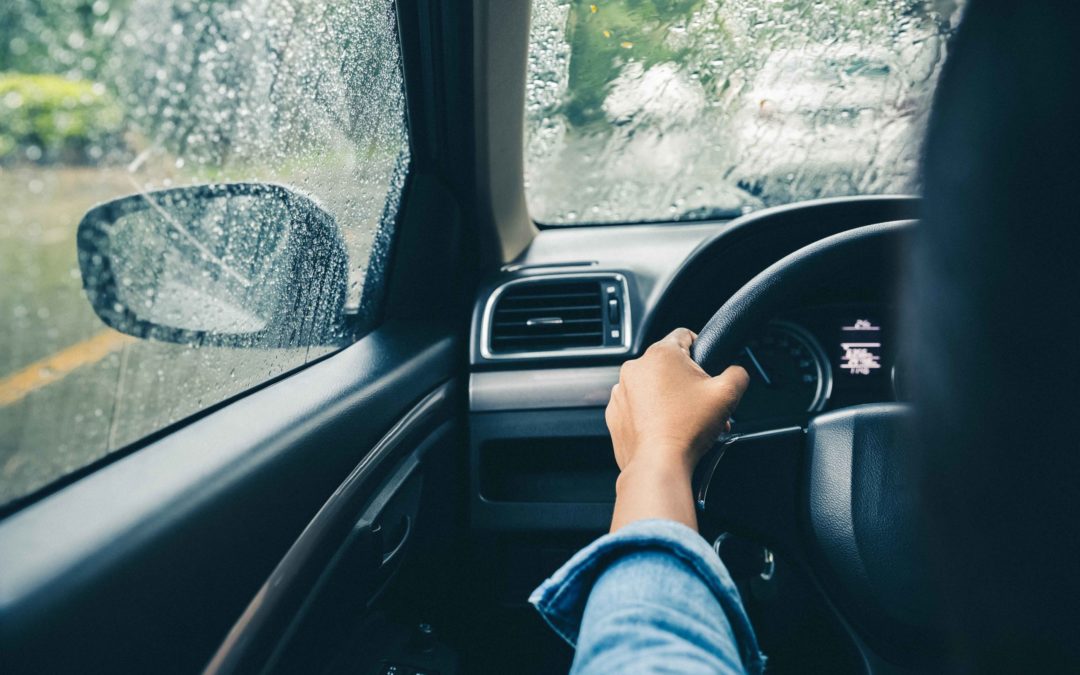According to the U.S. Department of Transportation, there are approximately 1,235,000 weather-related crashes every year, and almost half (46 percent) happen while driving in the rain. That’s more than snow and sleet. More than slush. More than ice. And ultimately, that’s what makes rain the most dangerous weather condition to drive in.
Now, we’re not here to rain on your parade. We just want to help you navigate. So, the next time you’re caught in a storm, don’t be caught without these tips.
Here’s our expert advice for driving in the rain:
- Wait a while. We know it’s not always possible. But when it is, try not to be behind the wheel when the rain starts. Believe it or not, grease and oil buildup on the roads, and the rain make those substances rise to the surface. Once the water mixes with them, the roads can get incredibly slick and incredibly dangerous. The safest option is to wait an hour or two – after the rain washes it away.
- Know how to handle hydroplaning. When there’s water on the road, your tires lose traction. And that’s when hydroplaning can happen. When it does, you’ll suddenly feel your vehicle start to slide, and you may even have a hard time steering. In this instance, you should slowly lift your foot off the gas pedal and do your best to steer straight. Doing anything else could cause you to flip your car.
Your car can hydroplane with just 1/12 of an inch of rain on the road.
 Share on Twitter
Share on Twitter - Go slower than the speed limit. Speed limits are set for ideal driving conditions, and rain isn’t one of them. To stay safe, add a few extra seconds of following time so you can better react to traffic. We recommend five seconds during the day and six seconds at night.
- Turn off your cruise control. In the rain, cruise control (even if it’s adaptable) can make you lose control. And if you hydroplane on this setting, your car could speed up instead of slow down.
- Turn on your defroster. Don’t lose sight of your surroundings. When inclement weather fogs your windows, turn on the front and rear defrosters as well as the air conditioner.
- Drive in the inside lane. When water pools up, it tends to do so in the outside lane, making the inside lane the best place to be
- Upgrade your wiper blades. If they don’t clean and clear your windshield in a single swipe, or if they leave streaks, they should be replaced. (And while we’re on the topic, they should be replaced every year!
- Pull over. Sometimes, no matter how many precautions you take, you still don’t feel safe. If the rain is falling so hard that you can’t see the car in front of you, pull over and wait for the weather to clear. (Don’t forget to put on your hazard lights, so other drivers see you on the side of the road.)
Want more safe driving tips? No need to take a rain check. Now, you can find out how to drive in the fog, drive in the snow and drive at night.


